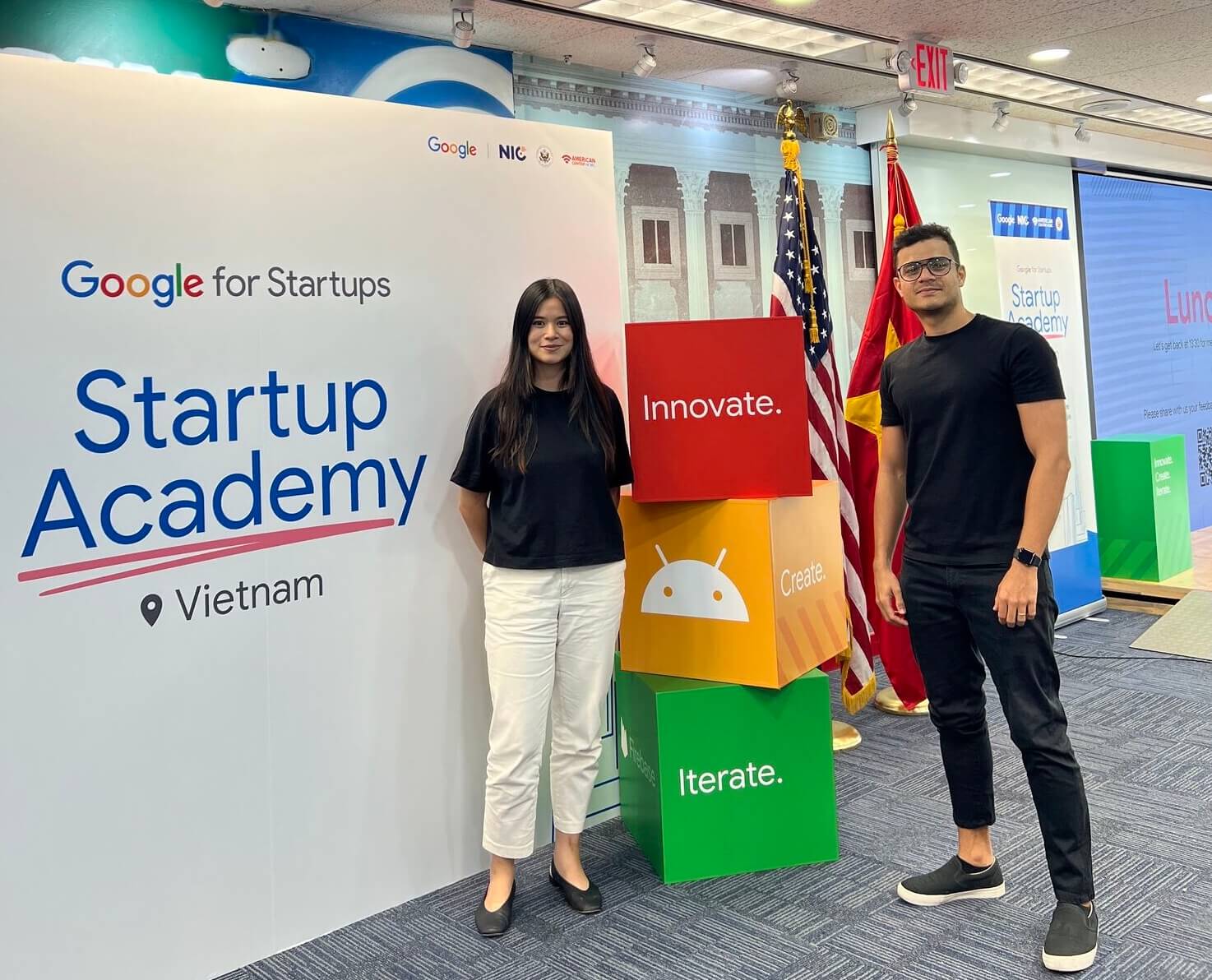Building a successful startup is no easy feat. As a founder, I’ve learned this firsthand over the past 6 months while building Edupops.
From finding the right people to work with to focus on the build-feedback-iterate loop, there are many lessons that I’ve learned along the way.

In this post, I’ll be sharing six key takeaways from my experience building Edupops.
Whether you’re just starting out or you’re in the midst of building your own startup, I hope that these insights will be helpful as you navigate the ups and downs of entrepreneurship.
Table of Contents
Learning #1: Find the “right” people
Find the right people to work with (mentors, investors, cofounders, team members), and remember you can’t please everyone all the time
As an entrepreneur, I quickly realized the importance of surrounding myself with the right people. From mentors and investors to cofounders and team members, having the right people on board can make or break your startup.
However, it’s important to remember that you can’t please everyone all the time. Sometimes, tough decisions need to be made in order to move forward.
Learning #2: Build, get feedback, and Iterate
Focus on the [BUILD > FEEDBACK > ITERATE] loop as that gets the real results
In the early stages of building Edupops, I found myself constantly tweaking and refining the product. However, I soon realized that I needed to focus on the [BUILD > FEEDBACK > ITERATE] loop in order to see real results.
By building a solid foundation, gathering feedback from users, and then iterating based on that feedback, we were able to create a product that truly resonated with our target audience.
Learning #3: Don’t build for investors, build for users.
If it works for the users, it should work for the investors.
One of the biggest mistakes that startups make is building for investors instead of users. In my experience, this is a surefire way to failure. Instead, we focused on building a product that solved a real problem for our users.
By doing this, we were able to create a product that not only gained traction with our target audience but also attracted the attention of potential investors.
Learning #4: Start narrow, and then go broad.
Validate your hypothesis with a sub-set and then go for the super-set.
When it comes to building a startup, it’s important to start narrow and then go broad. By validating our hypothesis with a subset of users, we were able to test our assumptions and make sure that we were on the right track.
Once we had validated our hypothesis, we then went for the super-set, expanding our reach and targeting a broader audience.
Learning #5: Go as lean as you can
Don’t hire too many people, don’t get an office space, don’t host events, don’t do regular team outings, and don’t pay for expensive software.
Reduce waste and increase output.
One of the keys to success as a startup is to go as lean as possible.
This means not hiring too many people, not getting an office space, not hosting events, not doing regular team outings, and not paying for expensive software. By reducing waste and increasing output, we were able to stretch our resources further and make the most of what we had.
Learning #6: Do everything 80% well – don’t aim for perfection.
REMEMBER: You might have to pivot anyway!
Finally, it’s important to remember that perfection is the enemy of progress. Instead of aiming for perfection, we aimed to do everything 80% well.
This allowed us to move quickly and make progress, even if things weren’t perfect. And, as we learned along the way, it’s important to be open to pivoting if things aren’t working out as planned.
By keeping an open mind and being willing to adapt, we were able to make the most of our six months of building Edupops, a mobile app startup backed by Antler VC.
